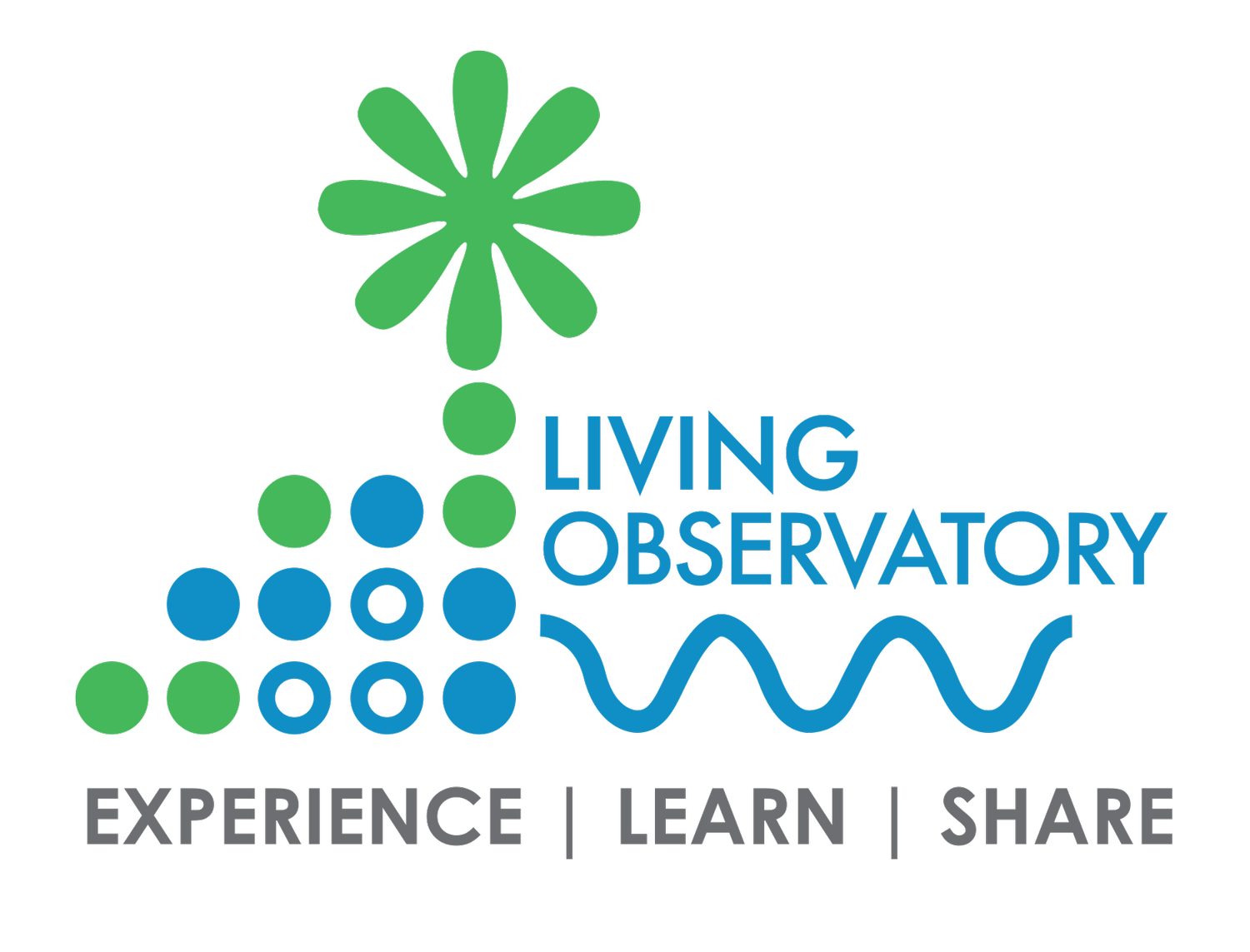28 Dec, 2014 Author: Glorianna Davenport
As 2015 approaches, we pause briefly to look back to give thanks to the many people who made 2014 a great year for the Tidmarsh Farms Restoration Project and Living Observatory.
Alex Hackman of the Massachusetts Division of Ecological Restoration continued to lead the restoration project forward. Throughout the year, as he honed the restoration plan, Alex presented to visitors, agencies, permitting boards and funding sources. Whenever possible, Alex used Eel River as a confirmation of the proposed methods, and rigorously highlighted how, by removing 3 major landscape stressors, the restoration actions will allow Tidmarsh to return to a natural wetland system. We anticipate that an RFP will be sent to a short list of contractors early in 2015 and that the requisite earth moving will commence in late spring 2015.
In parallel with the design, other aspects of the project have been in motion including work to minimize invasive species and efforts to develop a comprehensive, cost-effective native species planting plan. In June, Frank Werny, known for his book, Hike Plymouth!, collected a few friends and devoted several mornings to pulling oriental bittersweet, Celastrus orbiculatus, from around the former impoundment. In August, Chris Polatin of Polatin Ecological Services returned continued his work to control non-native willow as well as phragmites. Meanwhile in May, we germinated over 4,000 Atlantic white cedars, Chamaecyparis thyoides. In an earlier blog, we relate the trials and tribulations of transporting these plants to Tony Reiber's farm in western Mass. Tony returned in November with a team from Polatin Ecological Services to plant some 170 Atlantic white cedars left over from the Eel River project which he has generously donated to the Tidmarsh Farms Restoration project.
The planting plan for which we owe thanks to Irina Kadis and Alexey Zinovjev of Salicicola.com and Marty Melchoir of Interfluve has finally come into spread-sheet focus. Since August, Irina and Alexey have been busily collecting seed for the restoration to which they have added some seed from earlier years. Volunteers Claire Easterman, Pam Russell and Paul and Linda Williams also contributed to this effort. With a greenhouse on site, we plan to begin germinating these collections early in 2015.
Throughout the year, Living Observatory also progressed in scope and scale. In February, 2014, we held our annual Living Observatory - Tidmarsh Farms Research Summit on the theme "What stories will the landscape tell? Tools to document and experience a changing landscape." The excitement among researchers, non-profit and agency representatives reminded us that we needed to schedule more meetings throughout the year to allow researchers to come together to share progress and speculate on future work. Thanks to all who attended our 4 mini meetings.
Following the summit, Professor Kate Ballantine joined our research team; she along with her students and a post-doc will focus on the carbon story as it emerges post restoration. The spring and fall semesters brought several classes out to Tidmarsh; classes included geophysical methods, sedimentology, and a class focused on building sensory systems inspired by animals and insects.
Over the spring and into the fall, MIT's low power wireless network to sense microclimates across the landscape became a reality. Brian Mayton and Gershon Dublon have been joined by several other students and work on how the public will experience the restoration is expanding. Congratulations to Joe Paradiso and Gershon Dublon for the Scientific American July 2014 cover story, "Living in the Connected World: How global sensor networks are extending the human nervous system". Their work at Tidmarsh was the second half of that article. Also thanks to EMC Corporation for creating a movie and TV show about this project.
Congratulations are also due to Danielle Hare who completed her Master's thesis on "Hydrogeological Control on Spatial Patterns of Groundwater Seepage in Peatlands". Danielle's thesis work, under the leadership of her advisor Professor David Boutt in the Geo-sciences Department of the University of Massachusetts - Amherst, involved many hours of recording peat depth using ground penetrating radar, laying fiber optic cable in ditches to monitor temperature at a fine spacio-temporal resolution, and taking infra-red images of cold water springs across the bog surface.
Wishing all of our friends and supporters a healthy, happy and productive 2015!
And then there was less trash: thanks to Eric H, Linda, Sara, Alex, Evan - you did it!


